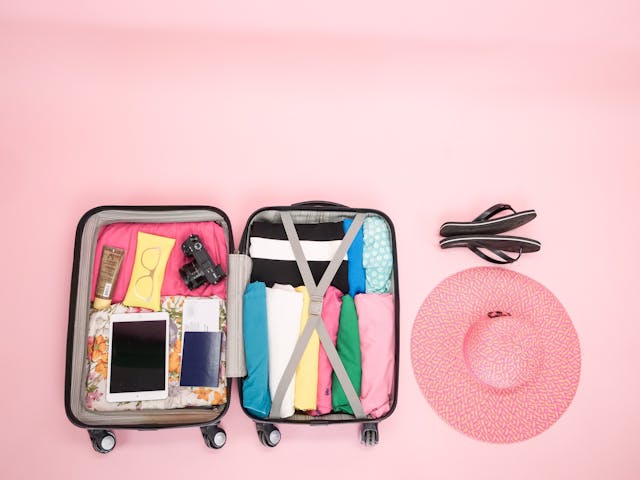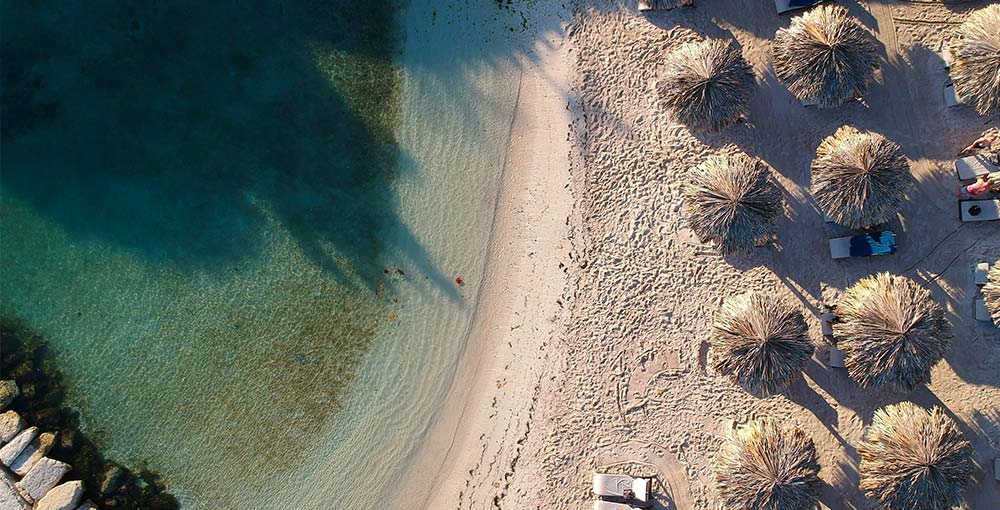Hello, fellow traveler! Do you ever imagine yourself walking among ancient ruins, enjoying delicious pasta, and looking out at beautiful coastal scenes?
Italy has all that and more – it’s a place full of history, amazing food, and stunning sights just waiting for you to discover. If you’re thinking about planning a trip to Italy on your own, we can work on that together.


Whether you’re excited about Rome and Florence’s busy vibes or the calm beauty of Tuscany and the Amalfi Coast, let’s start planning your dream Italian adventure!
Today’s post is all about guiding you through the steps you need to know for planning a trip to Italy on your own.
When is the Best Time to Visit Italy?
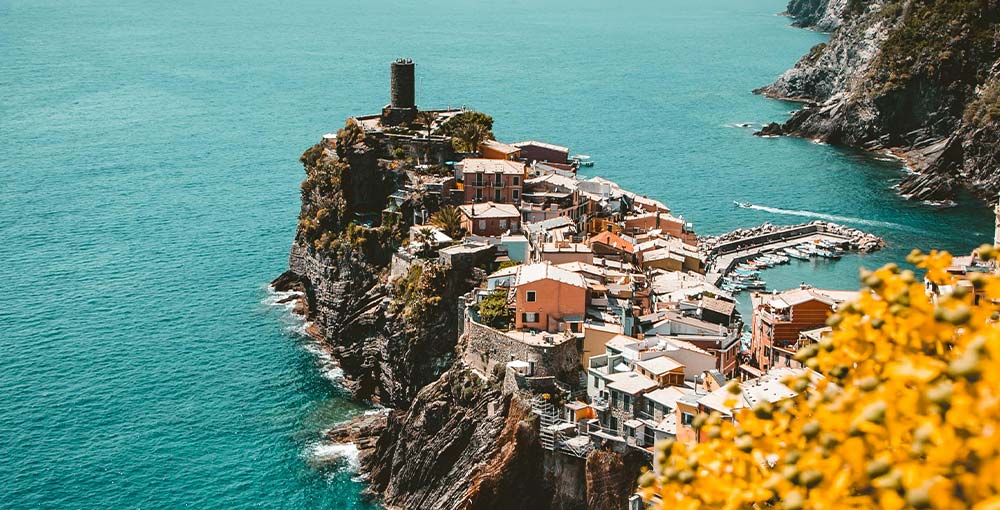
Italy welcomes visitors year-round, each season offering unique experiences tailored to different preferences. Let’s break down the best times to visit based on seasonal highlights:
Summer – June to August
- Peak Tourist Season: Expect bustling crowds, especially in popular tourist spots.
- Hot Weather: Temperatures soar, making coastal areas and beaches enticing.
- Higher Prices: Accommodation and travel costs may be higher during this period.
- Italian Vacations: Many locals take their vacations in August, leading to crowded coastal areas.
Fall / Autumn – September to November
- Mild Weather: September remains warm, perfect for outdoor exploration.
- Grape Harvest: October marks the grape harvest season, offering wine-related events.
- Decreasing Crowds: Tourist numbers start to dwindle, leading to more relaxed experiences.
- Wet November: Expect some rain, but sunny days are common between showers.
Winter – December to February
- Off-Peak Season: Crowds thin out, making attractions less crowded.
- Christmas Magic: December is enchanting with festive decorations and markets.
- Coastal Closures: Some coastal restaurants and services may close in January and February.
- Carnevale in Venice: February brings Carnevale celebrations, attracting visitors but raising costs.
Spring – March to May
- Blooming Nature: March and April showcase wildflowers and colorful landscapes.
- Easter Holidays: Europeans flock to Italian cities, especially Rome, Florence, and Venice.
- Ideal Weather: Mild temperatures make outdoor activities enjoyable.
- Shoulder Season: May marks the beginning of peak tourist season, offering a balance of manageable crowds and pleasant weather.
Our Recommended Time to Visit
Our favorite times to explore Italy are during the shoulder months: April and May, and October and November. During these periods, you can enjoy sunny and mild weather while avoiding the peak crowds of summer. Additionally, you may find excellent deals on flights and accommodation, enhancing your overall travel experience.
Also read: Fun Things To Do at Lake of the Ozarks – Bucket list
Understanding Costs in Italy
The cost of your Italian adventure depends on various factors such as your travel style, interests, and expectations. Here’s a breakdown to help you plan your budget:
- Budget Travel: Explore lesser-known regional areas and opt for budget-friendly accommodations to keep costs low.
- City Explorations: Visiting major cities like Rome, Florence, and Venice can be more expensive, especially if you indulge in premium experiences such as cooking classes, private boat cruises, and wine tours.
- Mid-Range Budget: For most travelers, a daily budget of around €100 per person for food, transportation, and activities (excluding flights and accommodation) offers a comfortable experience without breaking the bank.
By balancing your itinerary with a mix of budget-friendly and splurge-worthy activities, you can create a memorable Italian journey that suits your wallet and wanderlust.
Stay Informed: Check Travel Updates
While travel restrictions have eased in many places, it’s crucial to stay updated on the latest travel news and guidelines, especially in light of evolving situations. Our regularly updated article on travel to Italy provides current information and insights to ensure a smooth and enjoyable travel experience.
Step 1: Define Your Travel Goals
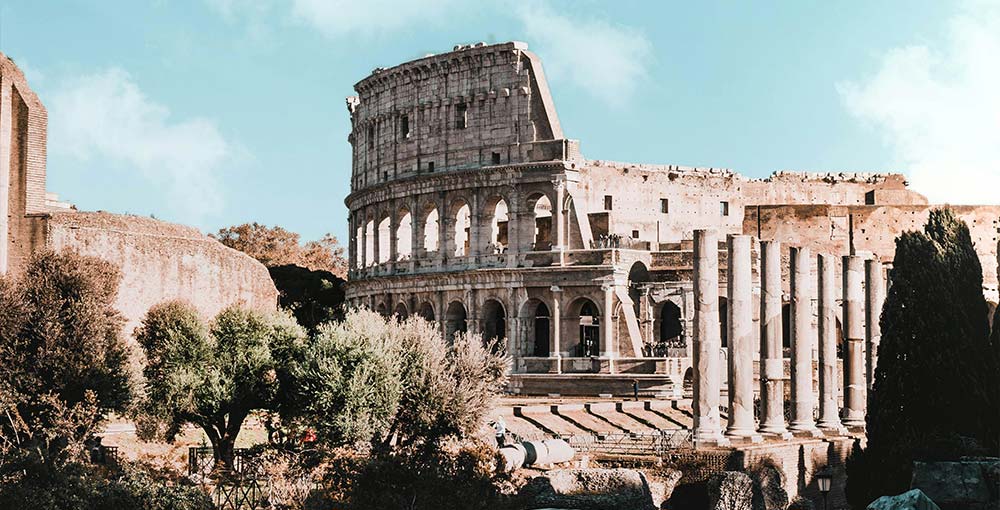
Okay, let’s dive in and figure out what you want from your trip to Italy. Do you love history? Maybe you’re excited about seeing the Colosseum or exploring Vatican City. Or perhaps art is your thing, and you can’t wait to wander through the Uffizi Gallery in Florence.
And hey, if Venetian canals and cozy piazzas are calling your name, that’s awesome too! Knowing what excites you helps shape your trip to Italy just the way you like it.
Finding Your Passion to Plan Your Trip
Imagine your travel interests are like a roadmap guiding your adventure. Do you want to immerse yourself in Rome’s ancient history, soak up the Renaissance charm of Florence, or get swept away by the romantic vibes of Venice?
Defining your travel goals helps you choose the perfect spots to visit, ensuring each day feels like a highlight reel of your dream Italian getaway. Ever thought about which part of Italy speaks to you the most?
Step 2: Choose Your Destinations
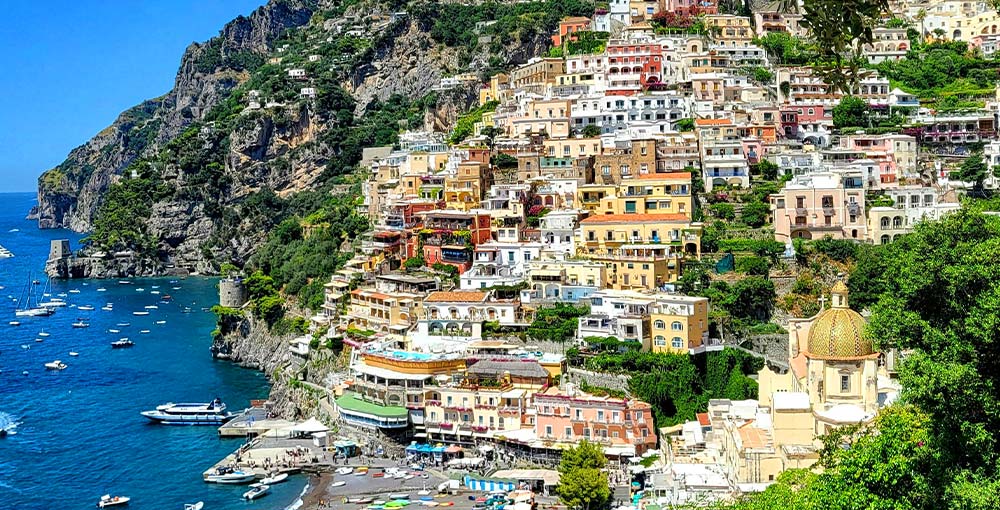
Italy is like a treasure trove filled with gems waiting to be discovered. Each region offers a unique blend of history, culture, and natural beauty. Let’s take a closer look at some captivating destinations:
- Rome: The Eternal City, where ancient wonders like the Colosseum stand tall amidst modern life. Don’t miss the chance to toss a coin into the Trevi Fountain for good luck!
- Florence: A Renaissance masterpiece, Florence enchants visitors with its artistic legacy. Marvel at Michelangelo’s David at the Accademia Gallery and get lost in the enchanting streets of the historic center.
- Venice: Step into a fairytale as you navigate through Venice’s labyrinthine canals. Visit St. Mark’s Basilica, take a gondola ride along the Grand Canal, and discover the art of glassmaking on Murano Island.
- Amalfi Coast: Picture-perfect villages cling to dramatic cliffs overlooking the azure Mediterranean Sea. Positano’s colorful houses, Amalfi’s historic charm, and Ravello’s panoramic vistas create an unforgettable coastal experience.
- Tuscany: Rolling hills adorned with vineyards, medieval hilltop towns, and a culinary scene that celebrates simplicity and flavor. Savor a glass of Chianti in the Tuscan countryside or explore the architectural wonders of Siena.
- Sicily: A melting pot of civilizations, Sicily boasts ancient Greek temples, Norman castles, and vibrant street markets. Indulge in arancini (stuffed rice balls) and cannoli while soaking in the island’s rich history.
Step 3: Plan Your Itinerary
Now, let’s piece together the puzzle of your Italian adventure. How many days do you want to spend in each city or region? Are there specific landmarks or experiences that are non-negotiables on your list? Here’s a sample itinerary to get you started:
- Days 1-3: Rome – Explore the Colosseum, and Vatican Museums, and stroll through the charming streets of Trastevere.
- Days 4-5: Florence – Admire Renaissance art at the Uffizi Gallery, climb to the top of the Duomo for panoramic views, and sample gelato at every corner.
- Days 6-7: Venice – Visit the Doge’s Palace, wander through the Rialto Market, and enjoy a sunset aperitivo along the canals.
- Days 8-9: Tuscany – Take a wine tour in Chianti, visit the medieval towers of San Gimignano, and indulge in Tuscan cuisine.
- Day 10: Amalfi Coast – Relax on the beaches of Positano, hike the Path of the Gods, and savor seafood delights in Amalfi town.
Feel free to adjust based on your interests and pace. Flexibility is the key to a stress-free adventure! Or use our free simple Itinerary planner below to create a simple printable Itinerary planner!
Travel Itinerary Planner
This simple tool allows you to create and manage a list of activities, destinations, or tasks for your upcoming trip. Use the input field to enter a new item, and click the “+” button or press “Enter” to add it to the list. Each item will be displayed with a “-” button next to it, allowing you to remove it from the list by clicking the “-” button.
Once you’ve added all the items to your itinerary, you can click the “Print Itinerary” button to open a new window with a printer-friendly version of your itinerary list. From there, you can use your browser’s print functionality to print the itinerary and take it with you on your trip, or save it as a PDF.
This planner is designed to be straightforward and easy to use, enabling you to quickly create and manage your travel itinerary without unnecessary complexities.
Please go here for a more advanced free Itinerary Planner!
Step 4: Book Flights and Accommodation
Now it’s time to dive into the nitty-gritty of your trip logistics. Let’s ensure everything is set up perfectly:
Booking Flights:
- Choose Your Airports: Select major airports like Rome Fiumicino (FCO), Milan Malpensa (MXP), or Venice Marco Polo (VCE) based on your itinerary and convenience.
- Search for Deals: Look out for flight deals and discounts across various airlines. Flexibility with travel dates can often lead to more affordable fares.
- Consider Timings: Opt for flight timings that align with your itinerary and allow for seamless transitions during your journey.
- Check Baggage Allowance: Review baggage allowances and any additional fees to avoid surprises at the airport.
Securing Accommodation:
- Define Your Preferences: Decide on the type of accommodation that suits your travel style – boutique hotels, Airbnb rentals, hostels, or traditional bed-and-breakfasts.
- Location Matters: Consider the proximity of your accommodation to major attractions, public transport hubs, and dining options for added convenience.
- Read Reviews: Dive into guest reviews to gauge the quality of stay, cleanliness, amenities, and overall guest experiences.
- Budget Wisely: Balance your budget with comfort and amenities offered by accommodations. Look for value-added services like complimentary breakfast, Wi-Fi, or airport transfers.
Plan Ahead:
- Early Booking Benefits: Secure flights and accommodation well in advance, especially during peak tourist seasons, to access better deals and availability.
- Flexible Options: Keep backup options in mind in case of unforeseen changes in travel plans. Flexible booking policies can be a lifesaver in such situations.
- Travel Rewards: Leverage loyalty programs or travel rewards credit cards for additional savings or perks during your trip.
By meticulously planning and booking your flights and accommodation, you set the stage for a smooth and enjoyable travel experience in Italy. Get ready to immerse yourself in the beauty and charm of this captivating destination! Buon viaggio!
Step 5: Sort Transportation Within Italy
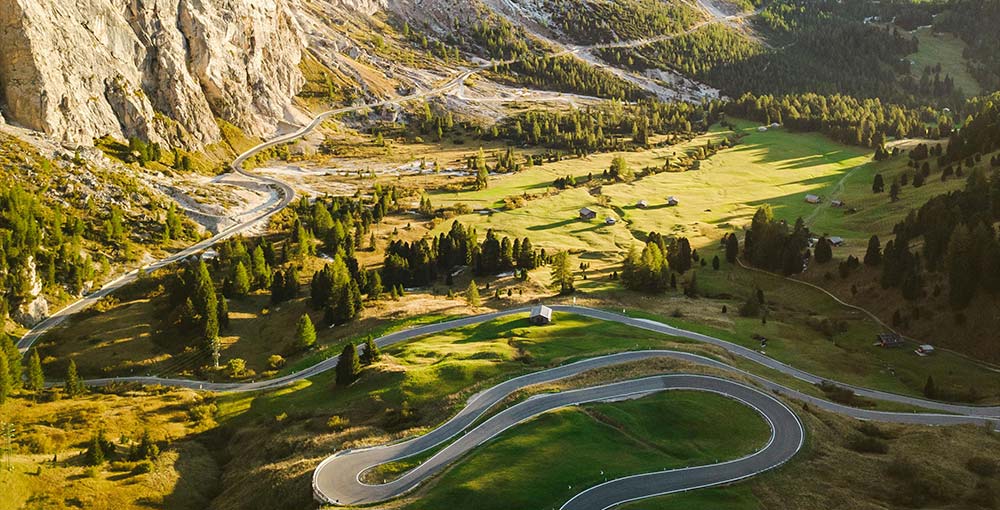
When it comes to traveling within Italy, trains are great for going between big cities and regions. High-speed trains can zip you from Rome to Florence or Venice in just a few hours, giving you some nice views as you go.
But if you want to explore lesser-known places or rural areas, renting a car lets you go where trains don’t. Make sure to book your train tickets or car rental early, especially during busy tourist times, to avoid problems later on. Ready to hit the road or rails?
Also read: Ultimate Bucket List – Things to do at Flathead Lake, Montana
Step 6: Prepare Travel Essentials
Ah, the thrill of packing for an adventure! Let’s dive deeper into the essential items you’ll need for a smooth and enjoyable trip to Italy:
Essential Documents:
- Passport: Ensure your passport is valid for at least six months beyond your planned return date to avoid any issues at immigration.
- Visas: Check if you need a visa to enter Italy based on your nationality. Some travelers may qualify for visa-free entry or may need to apply for a Schengen visa depending on their travel plans.
- Travel Insurance: Protect yourself against unexpected events such as flight cancellations, medical emergencies, or lost luggage by purchasing comprehensive travel insurance. Confirm coverage for medical expenses abroad as well.
Seasonal Considerations:
- Clothing: Pack clothing appropriate for the season of your visit. Summers can be hot, so lightweight, breathable fabrics like cotton or linen are ideal. For cooler months, layering with sweaters or jackets is key.
- Footwear: Comfortable walking shoes are a must, especially for exploring cobblestone streets and historic sites. Consider packing sandals or flip-flops for beach visits or warm days along the coast.
- Accessories: Don’t forget sunglasses, a wide-brimmed hat for sun protection, and a lightweight scarf or shawl for covering up in churches or cooler evenings.
Travel Gear:
- Daypack or Bag: Invest in a sturdy daypack or crossbody bag for carrying essentials during day trips and city explorations. Ensure it’s comfortable to wear for extended periods.
- Guidebooks or Language Apps: Arm yourself with valuable resources such as guidebooks or language apps to navigate Italy’s attractions, understand local customs, and communicate effectively.
- Electronics and Adapters: Pack your camera or smartphone for capturing memories. Don’t forget universal adapters to charge your devices and stay connected throughout your journey.
Personal Care and Health:
- Medications: Pack any prescription medications you need in their original containers, along with a copy of your prescription. Include over-the-counter remedies for common ailments like headaches or allergies.
- Sunscreen and Toiletries: Bring sunscreen with a high SPF for sun protection, especially during outdoor activities. Pack travel-sized toiletries to comply with airline regulations and save space in your luggage.
Safety and Security:
- Money and Cards: Carry a mix of cash (in euros) and cards for payment convenience. Inform your bank of your travel dates to avoid card issues abroad.
- Emergency Contacts: Have a list of emergency contacts, including your country’s embassy or consulate in Italy, local emergency services, and your travel insurance provider.
- Copies of Documents: Keep photocopies or digital copies of important documents such as your passport, visa, travel insurance, and itinerary. Store them securely in a separate place from the originals.
By preparing these travel essentials meticulously, you’ll embark on your Italian adventure with confidence, ready to embrace every moment and capture the essence of this captivating destination. Buon viaggio!
Step 7: Explore Local Culture and Cuisine

Let’s dive into the heart and soul of your Italian adventure by immersing yourself in the vibrant local culture and mouthwatering cuisine:
Connect Through Language:
- Learn Basic Phrases: Familiarize yourself with essential Italian phrases like grazie (thank you), per favore (please), and buongiorno (good morning) to connect with locals and show respect for their language and culture.
- Engage in Conversations: Strike up conversations with locals whenever possible. Italians are known for their warmth and hospitality, and a simple conversation can lead to memorable interactions and insider tips.
Indulge in Culinary Delights:
- Beyond Tourist Fare: Move beyond typical tourist restaurants and dive into authentic Italian culinary experiences.
- Cooking Classes: Join a pasta-making class in Florence or a pizza-making workshop in Naples to learn from local experts and savor your creations.
- Regional Specialties: Taste regional specialties such as Neapolitan pizza in Naples, seafood delights along the Amalfi Coast, or hearty Tuscan dishes in Florence.
- Market Exploration: Wander through bustling local markets like Mercato di Rialto in Venice or Mercato Centrale in Florence. Explore fresh produce, artisanal cheeses, cured meats, and handcrafted souvenirs while soaking in the lively ambiance.
Cultural Immersion:
- Art and History: Visit museums, galleries, and historical sites to delve into Italy’s rich cultural heritage. Don’t miss iconic landmarks like the Colosseum in Rome, Uffizi Gallery in Florence, or Doge’s Palace in Venice.
- Local Festivals: Check local event calendars for festivals celebrating art, music, food, and traditions. Experience Carnevale in Venice, the Palio di Siena horse race, or the Sagra del Pesce (Fish Festival) in Camogli for authentic cultural experiences.
- Artisan Workshops: Explore artisan workshops and studios to witness traditional craftsmanship firsthand. From Murano glassblowing in Venice to ceramic studios in Amalfi, discover the artistry that defines Italian craftsmanship.
Engage with Locals:
- Café Culture: Embrace the Italian café culture. Sip espresso at sidewalk cafés, observe daily life, and strike up conversations with friendly locals.
- Respect Local Customs: Be mindful of local customs and etiquette, such as greeting with a friendly “ciao” and respecting dining traditions like not ordering cappuccino after meals.
Capture Moments:
- Document Your Journey: Capture memories through photographs, sketches, or journaling. Documenting your experiences helps preserve cherished moments and insights gained during your travels.
- Share Stories: Share your experiences with friends and family. Share stories of local encounters, culinary adventures, and cultural discoveries to inspire others to explore Italy’s wonders.
By immersing yourself in Italian culture, savoring authentic flavors, engaging with locals, and documenting your journey, you’ll create lasting memories and a deeper connection with this enchanting country. Buon appetito and buon viaggio!
Also read: Top-Rated Things To Do in Zion National Park
Step 8: Embrace Spontaneity and Discover Hidden Gems
Let’s talk about going with the flow and finding cool stuff along the way.
Embrace the Unexpected
Sure, it’s nice to have a basic plan, but don’t forget to leave room for those unexpected, awesome moments. Try going off the beaten path, exploring those interesting little streets, and chatting with locals. Who knows, you might find a small restaurant making amazing pasta or discover a quiet spot perfect for people-watching.
Find Hidden Treasures
Italy has lots of hidden gems waiting for you to find them. Enjoy the easygoing Italian lifestyle by sipping espresso at a café or taking a relaxed evening walk, known as a passeggiata. These moments let you experience Italy’s true essence – simple joys, relaxed charm, and surprises around every corner. So, are you ready for some surprises?
Step 9: Check Mobile Connectivity and Wi-Fi Access

Let’s talk about keeping your phone happy and your internet game strong while you’re out and about.
SIM Cards and Data Connectivity
Okay, so when you touch down in Italy, think about grabbing a local SIM card. These little guys are lifesavers for staying connected without burning a hole in your pocket. With a local SIM, you can snag affordable data plans and keep the internet flowing while you’re gallivanting around the country.
But hey, if you’re not into that, check with your current mobile provider about flipping on international roaming. That way, you’ll be dialed in wherever your adventures lead you.
Wi-Fi Availability
Sure, free Wi-Fi is sprinkled all over the place in Italy, from hotels to cafes to public spots. But having your own data plan gives you even more freedom to do your thing on the fly. Whether you’re plotting your route to a hidden gem eatery or posting your travel snaps on social media, having your own internet hookup makes everything smoother.
Step 10: Explore Local Events and Festivals
Now, let’s get into soaking up the vibes of Italy by diving into its vibrant events scene.
Event Calendar Exploration
Before you even pack your bags, take a peek at what’s going down in the cities and regions you’re hitting up. Get the scoop on upcoming festivals, art shows, concerts, and all that good stuff. Getting in on these local happenings not only lets you dive deeper into Italian culture but also gives you a chance to rub elbows with the folks who call Italy home.
Booking Tickets in Advance
You know how lines can get crazy long, especially at those must-see spots? Yeah, nobody wants to spend their vacation waiting in line. So, be a smarty-pants and book your tickets ahead of time for popular attractions and events.
Whether it’s scoring entry to world-famous museums or snagging seats for a classic opera gig, booking early means you can breeze past those queues and dive straight into the good stuff. Smart move, right?
Step 11: Inform about Safety and Security
Awareness of Surroundings
While Italy is generally safe for travelers, exercise caution, particularly in crowded tourist areas where pickpocketing incidents may occur. Keep your belongings secure, avoid displaying valuables openly, and stay vigilant in crowded transportation hubs and popular landmarks.
Emergency Contacts and Information
Prioritize safety by keeping a list of essential emergency contacts readily accessible. Include local emergency services numbers, contact details for your accommodations, and information for your country’s embassy or consulate in Italy. Familiarize yourself with basic Italian phrases for seeking help if needed.
Step 12: Currency and Payment Methods
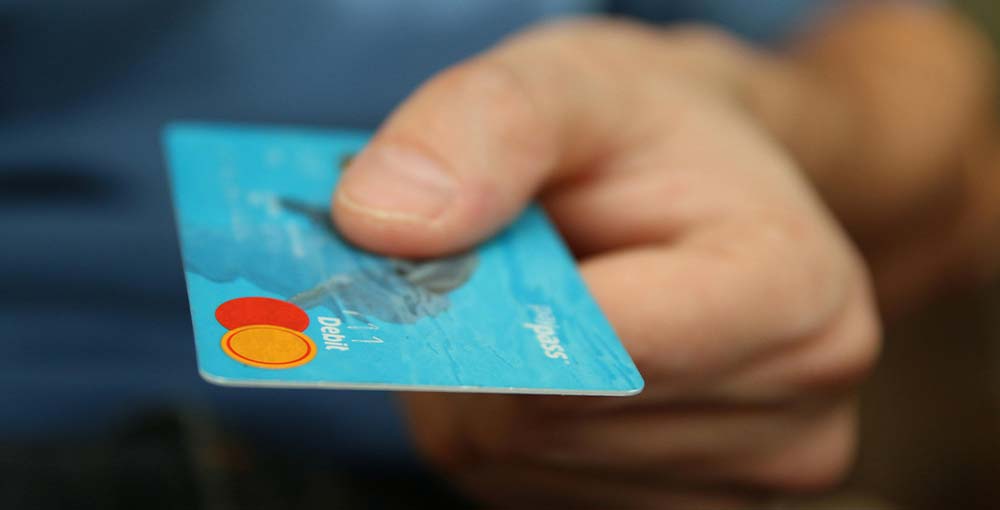
Alright, let’s talk about cash and how to handle it smartly while you’re traveling.
Currency Exchange Tips
First things first, when you’re swapping your money for euros, make sure you’re doing it at a trustworthy place. You can either hit up a reputable currency exchange spot or use your debit card to withdraw cash from ATMs. Those ATMs usually give you a fair deal with the exchange rates, hooking you up with the local currency for your daily spending.
Credit Card Usage
Now, about those plastic cards. Yeah, major credit cards work pretty much everywhere in Italy, especially in big cities and places crawling with tourists. But it’s a good idea to keep some cash handy for those smaller buys, like grabbing a snack or hopping on public transportation.
Oh, and don’t forget to shoot a message to your bank before you jet off to let them know you’re traveling. That way, your card won’t get all finicky on you during your trip.
Step 13: Travel Insurance and Health Considerations

Comprehensive Coverage
You want to enjoy your trip without any worry, right? That’s where travel insurance swoops in to save the day. Look for a policy that’s got your back in case things go sideways. We’re talking about stuff like medical emergencies, canceled flights, lost luggage, and surprise expenses.
Medical Preparedness
Your health matters, so don’t forget to pack your meds in their original containers. And hey, take a minute to get acquainted with how healthcare works in Italy.
Know where the pharmacies are and jot down those emergency numbers, just in case you need a hand while you’re kicking it in Italy. Stay updated on any health advice for travelers too, so you’re in the know about what’s up during your trip. Got it?
Some Tips for a Better Travel Experience:
- Beware of pickpockets: Keep your belongings secure, especially in crowded tourist areas, public transport, and busy markets. Use a money belt or a secure bag with zipper closures.
- Dress appropriately: Italians tend to dress stylishly and modestly. Avoid wearing beachwear or overly casual clothing when visiting churches, museums, or fine dining establishments.
- Learn basic Italian phrases: While many Italians speak English, learning a few phrases like greetings, “please,” “thank you,” and basic questions can go a long way in showing respect and making connections.
- Respect local customs: Italians appreciate politeness and respect for their culture. Follow etiquette like greeting with a handshake or kiss on the cheek (for acquaintances), and observe local customs, especially in religious sites.
- Validate train/bus tickets: If using public transportation, make sure to validate your tickets before boarding, especially for regional trains and buses. Failure to validate may result in fines.
- Try local cuisine: Explore Italy’s culinary delights beyond pizza and pasta. Sample regional specialties like risotto in Milan, gelato in Florence, and seafood in coastal regions.
- Plan for museum visits: Popular museums and attractions like the Vatican Museums or the Uffizi Gallery can have long lines. Consider booking tickets online in advance or visiting during off-peak hours.
- Be mindful of siesta time: In smaller towns or rural areas, shops and businesses may close for a few hours in the afternoon (usually around 1-4 pm). Plan your activities and meals accordingly.
- Use public water fountains: Italy has many public drinking fountains with clean, drinkable water. Bring a reusable water bottle to stay hydrated and save on buying bottled water.
- Stay aware of local scams: While uncommon, be cautious of scams like overly friendly strangers offering help with your luggage, fake petitions for donations, or unofficial “guides” near tourist sites. Stick to official services and guides whenever possible.
Conclusion
Use this guide to mix and match the perfect Italian experiences for your travel style – whether marveling at Renaissance art, getting lost in Venice’s canals, savoring Tuscan wines, or embracing Rome’s piazzas. Italy offers endless possibilities to craft your dream vacation, so start planning your unforgettable independent journey today!
I hope this guide on how to plan a trip to Italy on your own was useful for you! We covered tips for customizing your pace, budget, transportation, cuisine, and iconic sights across Italy. Get inspired, share it with travel buddies, and turn your tailored Italian getaway vision into reality. La dolce vita awaits!
FAQ
How do I plan a solo trip to Italy?
Start by setting your travel goals, researching destinations, creating a budget, booking accommodations and transportation, and planning your itinerary.
How do I prepare for my first trip to Italy?
Familiarize yourself with Italian culture and customs, learn basic Italian phrases, research attractions, pack essentials, and have necessary documents ready.
Is it better to see Italy on a tour or on your own?
It depends on your preferences. Tours offer convenience and guidance, while traveling on your own allows flexibility and exploration tailored to your interests.
How far in advance should you plan an Italy trip?
Plan at least a few months in advance, especially for popular seasons like spring and summer, to secure accommodations and get the best deals on flights.
What is the best way to see Italy for the first time?
Start with iconic cities like Rome, Florence, and Venice, then explore nearby regions like Tuscany or the Amalfi Coast for a well-rounded experience.
What is the cheapest month to go to Italy?
Generally, shoulder seasons like April to May and September to October offer lower prices on accommodations and fewer crowds compared to peak summer months.
What is the best way to plan a trip to Italy?
Research thoroughly, create a detailed itinerary, book accommodations and transportation in advance, and stay flexible for spontaneous discoveries.
What is the best month to tour Italy?
The best months are typically April to June and September to October for pleasant weather, fewer crowds, and great opportunities to explore without extreme heat or cold.
What is the best way to travel throughout Italy?
Trains are efficient for city-to-city travel, while renting a car allows flexibility for exploring rural areas and small towns. Buses and domestic flights are also options depending on your itinerary.

This blog post may contain affiliate links. If you click on one and make a purchase, I may earn a small commission at no extra cost to you.


